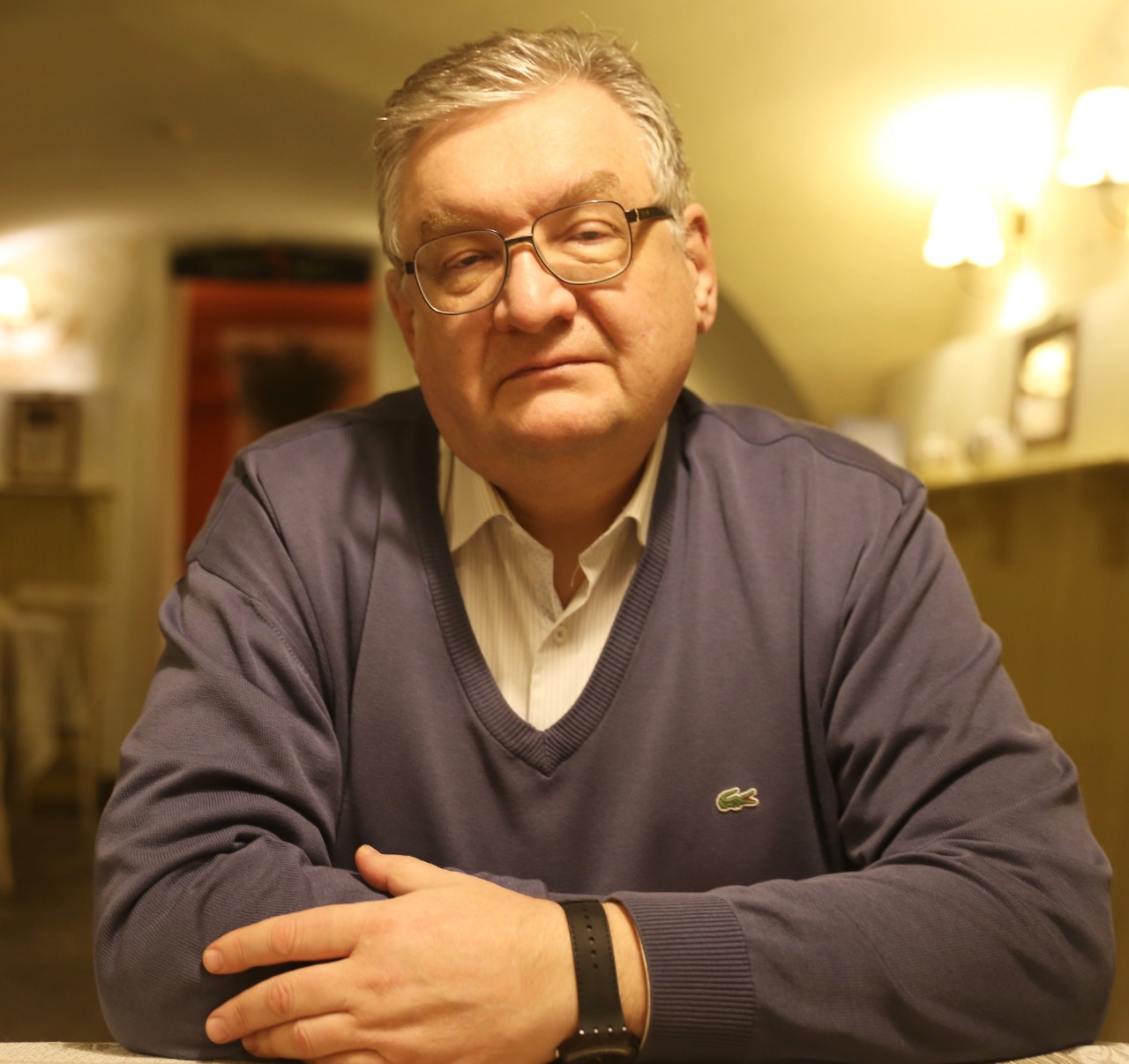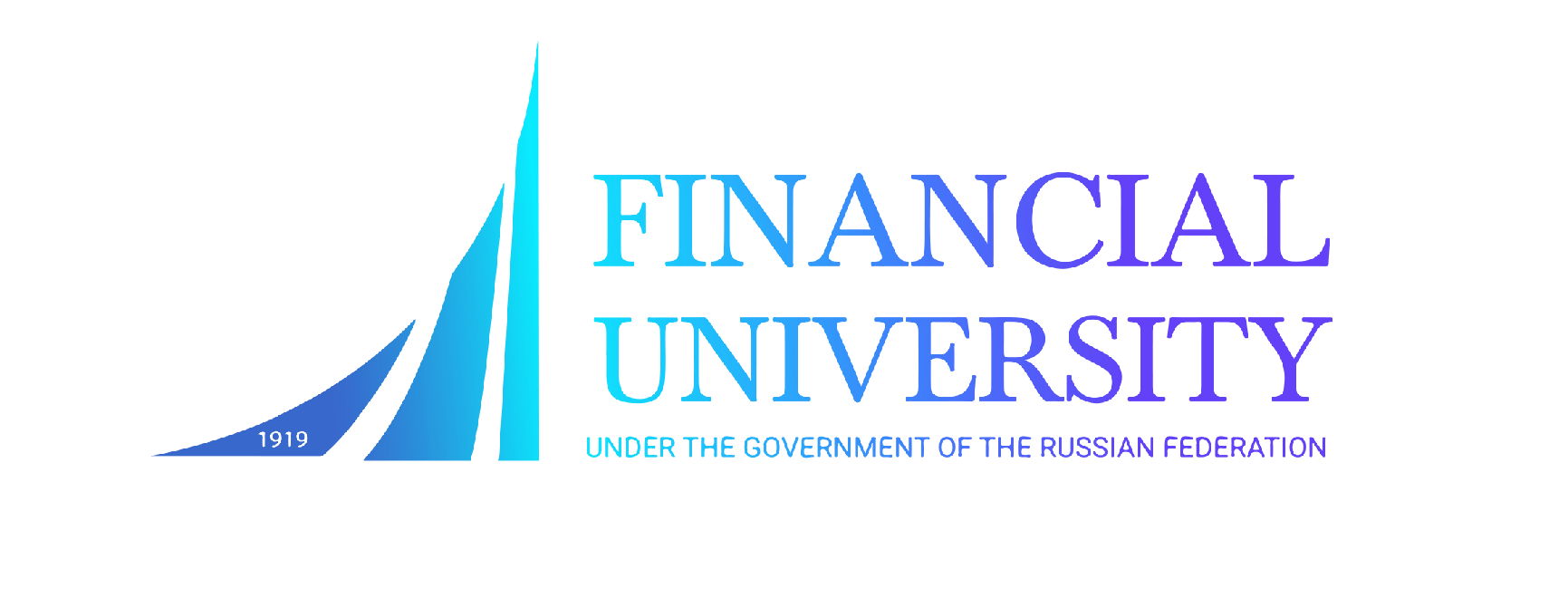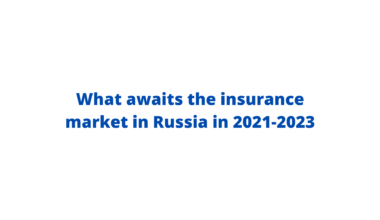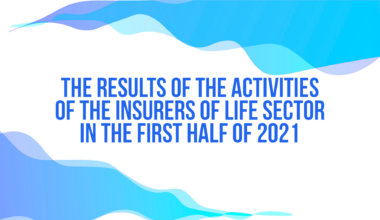Crisis, pandemic, social and political instability – trends in 2020. What can we expect in 2021?

Zubets Alexey Nikolaevich, associate professor, candidate of technical sciences, doctor of economic sciences. He defended his doctoral dissertation at the Research Institute of Physics under the Ministry of Finance of the Russian Federation under the guidance of Professor E.V. Kolomin.
In 1987-1993 he was a research officer at the Energy Institute of Krzhizhanovsky.
Since 1994 – in the insurance market, worked in the companies “Energogarant”, “Ingosstrakh”, “Rosgosstrakh”.
From 2012 to the present – at the Financial University under the Government of the Russian Federation.
Director of the Center for Socio-Economic Research, Professor at the Department of Political Science, Faculty of Social Sciences and Mass Communications.
Main research topics:
- history and forecasting of economic growth;
- economic sentiment of the population;
- social factors of increasing life expectancy;
- the “cost” of human life;
- measuring the quality of life of people;
- assessments of poverty in Russia;
- consumer perception of brands of financial companies;
- forecasts for the development of financial markets, including the insurance market and the banking services market.
Alexey Nikolaevich, we are glad to welcome you and thank you for your time. Today we would like to talk with you about the domestic economy and find out what to expect from 2021. So first question:
– How, in your opinion, did 2020 go for the Russian economy in a pandemic situation and with record low oil prices?
– The main result of 2020 is that the Russian economy has turned out to be much more stable than previously thought. At the beginning of the year, many experts predicted a drop in GDP to 10%, and even more. As a result we have a decline of 3.1%, and it is possible that as the estimates are adjusted and revised, the decline will turn out to be less significant. Affected by the low share of the service sector in the Russian economy – namely, it suffered the most due to quarantines, as well as a significant share of the “gray” sector, less affected by restrictive measures. In the spring and summer in the provinces, in small and medium-sized cities, local authorities turned a blind eye to violations of quarantine measures, and in the fall, against the background of the second wave of the epidemic, the central authorities completely refused to “close” the economy, limiting themselves to less significant bans – for example, reduction in the number of spectators in theaters.
The economy of the country was supported by fairly high consumer activity in the markets of urban and suburban real estate, new cars, and household appliances. 2019 was not characterized by the highest propensity of Russians to make large purchases, and the “overhang” of unspent demand fell on 2020. Support measures for Russian business were not as significant as in Western countries; nevertheless, some of them turned out to be very successful. This is primarily the distribution of various child benefits, an increase of unemployment benefits, and mortgage programs with government support.
– And what about the mood of the population?
– Oddly enough, at the end of 2020, the share of Russians who are completely or mostly satisfied with life did not fall, but increased – such results were shown by explorations of the Financial University under the Government of the Russian Federation, conducted on a monthly basis in cities with a population of more than 250 thousand people. According to sociological measurements, the share of those who are completely or mostly satisfied with their lives amounted to 82% of the total adult population at the end of 2020. This is much better than a year earlier – in 2019, only 77% of Russians were completely or mostly satisfied with their lives. So at the end of 2020, the state of health of the main part of Russians is not inferior to the indicators of the last pre-crisis 2013.
Yes, indeed, from a humanitarian point of view, 2020 was a complete disaster. In almost any family there are dead people who left this world with the help of the coronavirus infection. However, if we talk about the economy, yes, there was a significant reduction in income from business in the structure of income of people, especially enterprises in the sphere of services to the population suffered. Yes, an additional 2.5 million unemployed have appeared at the labor exchange. But for the main part of the Russian population who are directly or indirectly dependent on the budget, or those who work in large companies that are not related to public services, this has been a good year. Real growth of salaries and pensions, prolonged spring holidays, distant autumn, as a rule, with salary preservation – all these pleasant and unexpected bonuses did not contribute to the deterioration of social well-being.
Here, however, not everything is so simple. Explorations show that life satisfaction among students and those who are less than 30 years old today is noticeably lower than seven years ago (the number of completely or mostly satisfied with life fell by 1.5-1.8 percentage points). It is obvious that the crisis has worsened the life prospects of young people and made it difficult to start a career for students, which has been largely facilitated by rising unemployment. The victims also include Russians from the pre-retirement age group, those who are now 50-60 years old – the number of people satisfied with life has decreased in this group by 1 percentage point compared to 2013.
Instead, the poorest are the most satisfied with their lives: among those who can hardly afford enough money for food, the share of those who are satisfied with life increased by 18 percentage points. Another group of those who began to enjoy life more are pensioners and all those over 60 years old (+9.8 pp). It is likely that emergency child benefits and increased pensions have become an important life support for these two groups. Another group where the level of life satisfaction declined, albeit slightly, by 0.5 percentage points, are the richest Russians who can buy everything, including new real estate. Obviously, this is due to a decrease in business income, as well as a decrease or complete elimination of annual bonuses for top management in large corporations.
So, generally speaking, 2020 was not a bad year for Russians. The quality of life of various social groups changed in different directions, but in general, in terms of satisfaction with our existence, we reached the pre-crisis level of 2013. And we are not alone in our optimistic vision of public sentiment. In its November survey, All-Russia Public Opinion Research Center (VCIOM) mentioned the results of its measurements, which show that 81% of Russians consider themselves completely or mostly happy. Even in April, at the height of the first wave of the epidemic, happiness in our country was the same – 81%. Compulsory paid vacations have done their “dirty” job…

– How can the autumn elections affect internal Russian affairs?
– So far, we do not see any serious risks of destabilization of the Russian economic and political agenda in connection with the autumn elections. According to our latest measurements, United Russia is confidently leading. Of those who will go and vote and who have decided for whom they will vote, United Russia has 46% of the votes. Next come the Communist Party of the Russian Federation (23%), the Liberal Democratic Party (18%), “Fair Russia” (10%), and then “New People” (2%). So, the political alignment has not fundamentally changed in comparison with the last elections, which promises continuity and stability in terms of the composition and capacity of the Duma.
– What is happening with the protest activity in Russia?
A study we conducted in the 4th quarter of 2020 and in January of this year showed that the level of protest activity of the population in cities with a population of more than 250 thousand people remains low. Moreover, in Q4 it fell to its lowest level in two years.
The measure of the tension in the social environment for us is the Protest Mood Index – the proportion of those who are aware of possible protests in their city, are actively interested in the protest movement, and are also potentially ready to participate in it. The index is calculated on a quarterly basis based on the opinions of the population of large and medium-sized cities with a population of more than 250 thousand people. The value of the Index for the 1st quarter of 2019 is taken as 100.
Research has shown that the Index dropped to 66 points in Q4 2020, which is significantly less than a year ago in Q4 2019. The reasons for the decline in protest moods are easy to understand. The restoration of the normal functioning of the economy, an increase in production activity and expenses of the population, a return to normal life after quarantine restrictions – all this provided an increase in the confidence of the population in the future: if at the height of the pandemic, in June 2020, 49% were more or less confident in their future residents of large and medium-sized cities, then in December the share of those confident in their own future rose to 63%. The number of people satisfied with their lives increased to 86% at the end of last year. All this, in turn, led to a significant decrease in the number of dissatisfied people and a narrowing of the protest potential. This is true both in the country and in individual cities. According to the results of the fourth quarter of last year, out of 78 cities with a population of more than 250 thousand people (75, if we do not take into account the satellite cities of Moscow), only ten have any signs of public irritation. Thus, we see that the potential for protest activity in Russia at the end of 2020 – beginning of 2021 is completely insignificant. This, however, does not mean at all that it will not grow in 2021.
Our exploration of protest activity show that it rises sharply with a decline in living standards. Not even the standard of living as such, but the opportunity to secure a stable (or better, growing) income. That is, uncertainty about the future financial situation of the family serves as a more serious irritant for people than today’s current difficulties. It is important to keep in mind that people’s willingness to take to the streets is several months behind the deteriorating economic and family budget. It takes time for people to realize the fact of a decrease in their own well-being or a lack of prospects for the future, to try to find a way out of this situation, not to find it, and then demonstrate their irritation in public. We use two main indicators of growing discontent – social tension and possible protest. This is an increase in the proportion of those who, in opinion polls, declare that they have no more money than for basic necessities. The second important indicator of protest sentiment is the proportion of citizens who consider their standard of living to be unacceptably poor. The answers of representatives of socially active groups between the ages of 20 to 50 are of the greatest importance. And in terms of indicators of the accumulation of protest, the situation is not encouraging.
Above, we have already talked about a significant reduction in public irritation and an improvement in mood at the end of 2020. However, at the beginning of 2021, the situation changed distinctly. As of January, in Russia, the share of those who are fully or mostly satisfied with their lives dropped to 77% against 86% in December. The share of those who are confident in their own future has dropped to 50% against 63% at the end of last year. Most importantly, there has been a noticeable increase in the proportion of those who their standard of living to be unacceptably poor. Today it makes up 18% of the total population and 29% in the age group from 40 to 50 years. In this regard, it is appropriate to recall the wave of protests that swept across Russia in 2011-2013. In the summer of 2011, our research showed an increase in the proportion of those who considered their standard of living to be unacceptably poor, to 17%. In the early winter of 2011, we saw a series of large marches and rallies on the streets of Russian cities, which marked the beginning of a series of protests that lasted until the summer of 2013. They did not go away when the share of those who were absolutely dissatisfied with their lives dropped to 10-12% in the fall of 2013 – in the summer of 2014. Let me remind you that today the share of those who consider their standard of living to be unacceptable is 18%. That is, today there are serious chances that in the summer we will see a series of mass protest rallies on the streets of our cities. They can be headed by anyone, they can go under any slogans, but their basis will be simple – dissatisfaction of a fairly significant part of people with the lack of prospects and stagnation of income.
– What are the economic prospects for 2021?
– Now about what awaits us in 2021. Unfortunately, the peak of Russian consumer activity will be passed by mid-2021, which will put some depressing pressure on the economy. A decline in oil prices is not far off, caused by the abandonment of production restrictions under the OPEC + deal. Within the country, the share of those who are fully or mostly satisfied with their lives dropped to 77% against 86% in December. The share of those who are confident in their own future has dropped to 50% against 63% at the end of last year. What is especially important is that the share of those who consider their standard of living to be unacceptably bad has grown significantly. Today it makes up 18% of the total population and 29% in the age group from 40 to 50 years. All this promises us an increase in protest activity of the population in the spring and summer, which will also not contribute to accelerated economic growth.
There is another fundamental limitation on the rate of economic growth in Russia. From a social point of view, economic growth relies on people who strive to improve the quality of life for themselves and their families, know how to achieve this, and are confident that they will complete this route in a relatively short time, not exceeding the planning horizon of 3-5 years. Sociological studies conducted by the Financial University show that the size of this group today does not exceed 20% of the country’s adult population. With such a number of economically active educated people, it is difficult to expect rapid growth of the Russian economy. Hence, rather modest forecasts: real wages will grow by 3-4% in 2021, Russia’s GDP will grow at about the same rate – by 3-4.5%. That is, taking into account the failure of 3% in 2020, the real economic growth in 2020-2021 will be 0-1%.
– What will we see in the insurance market in 2021?
– In our forecasts, we rely on such an indicator as the population’s demand for insurance. This is the proportion of those who, in the course of sociological research, speak of their readiness to purchase this or that insurance in the coming months. So, according to our model estimates, the total demand of the population for insurance by the end of 2021 will grow by 14%. The general demand of the population for CASCO insurance (fully comprehensive insurance) will grow by 12% on average over the year, despite the fact that by the end of the year there are serious chances that the increase in demand will go into the negative zone. The expected growth in demand for VHI is 15%. According to our estimates, the demand for apartment insurance will increase by 22% in 2021. The expected growth in demand for life insurance is 20%.
– Are there any forecasts for the ruble exchange rate?
– According to our estimates, the dollar will be in the range of 68-78 rubles in 2021. In this case, a scenario is more likely in which the dollar will be closer to the lower border of the specified range – to the rate of 68 rubles per dollar.
In conclusion, we would like to thank Alexey Nikolaevich for an interesting dialogue. We look forward to continue our meetings and discussions on economics and insurance in Russia and in the world.
Correspondent L.S.
Calmins.com ©





